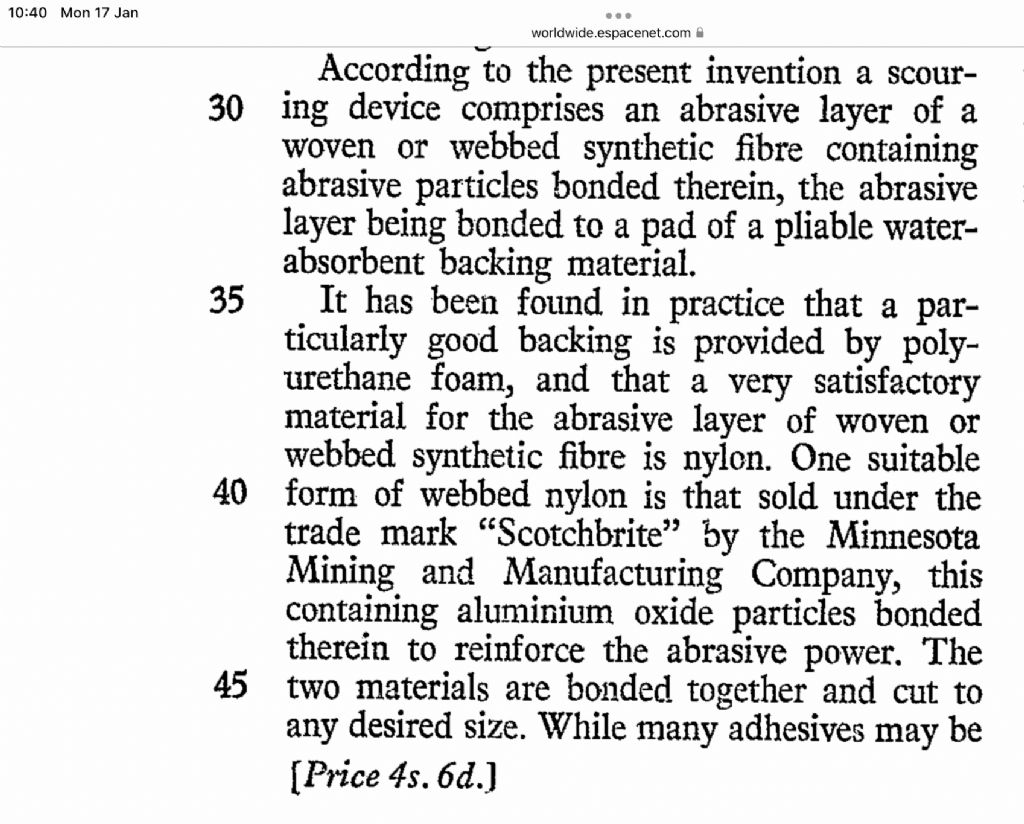Posted by Tifa 8572 on 16/01/2022 23:27:58:
Dozens of guages, made in the UK, certified, imperial …
But…..the previous owner hasn't stored them very well…
… are they now junk?…
Depends what you use them for. In tip-top condition slip gauges provide the very high level of accuracy needed to calibrate micrometers, go/no-go gauges and to make precision jigs and fixtures etc. They support the American System of Manufacture in which parts are manufactured within given tolerances and guaranteed interchangeable.
In professional use, it's vital that slip gauges be accurate. They come with a certificate, and are periodically re-certificated to confirm that ordinary wear hasn't taken them out of specification, which it always eventually does.
Slip gauges must wring together. Wringing detects faults like dings, scrapes, bending, rust etc. If slips don't wring, they ain't accurate! And even if they do wring, it's possible than one or more slips in the set is worn, and this can't be checked at home. Likely that old sets bought on ebay are out of specification even if they look perfect. All bets are off if they've been stored badly. Rust and any form of abrasive cleaning are death to an American System slip gauge.
But slip-gauges is reasonable condition might still be useful. As far as I know, no-one on this forum works to tolerances. Therefore owning certificated slip gauges is unnecessary! However, a set of uncertificated gauges could be useful for checking the calibration of our rougher instruments: even a degraded set of slip gauges is probably 'good enough' to assure ordinary digital calipers and thou micrometers are close.
Not good enough to confirm tenths micrometers. If uncertificated slip gauges are used don't pretend they prove your instruments are formally accurate though – the slip error is unknown! Luckily, being deluded about the true accuracy of our kit doesn't matter much because Model Engineers mostly make by fitting.
In the worst case, old slip gauges make useful shims and spacers. Or an interesting conversation piece.
On the subject of fitting, "quite interesting" to experiment making stuff on a lathe with simple tools, such as a steel-rule and spring-calipers.
Say you want to fit a 1" diameter spindle into a 1" diameter hole. With good eyes, a spring caliper can be set to within ¹⁄₆₄" and used as a comparator to turn the spindle. Then the hole can be bored slightly small, and opened up stage by stage until the spindle fits into it. Slide fits are easy. Judging push and force fits needs practice, but it can all be done without fancy measuring equipment.
Most things are done this way in my workshop except I get closer to 1" with a digital caliper, DRO or micrometer than with a steel-rule and spring caliper. Better measuring saves time rather than improves accuracy. I get to with about ±0.02mm / 1 thou by measuring, then I fit. What I don't do is turn the spindle to 0.998" ±0.0005, and bore a hole to 1.000 ±0.0005, and then guarantee by accurate measurement that they'll fit together!
Although I occasionally make jigs and fixtures, they're to save time on repetition work. I make them with ordinary care using ordinary methods and they're far short of tool-room standards.
In the Duffer Workshop, second-hand slip-gauge sets fail my 'fit for purpose' test. Certificated slip-gauges fail my 'Value for Money' test. And having decided I don't need slip-gauges, I spent the money on something else…
Dave
not done it yet.





